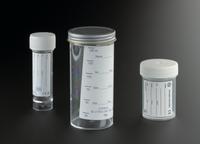





Case of Middelsdorpf galvanocautery instruments, about 1870
Galvanocautery instruments are used in delicate surgery where using a knife was impossible. An electric current is passed through the instruments, often along a wire between two prongs. This wire heats up and can cut through tissue. Galvanocautery instruments are used in dental surgery, operations within the nose and throat, or anywhere requiring delicate ‘hard-to-reach’ surgery. The instruments were invented by Albrect Theodar Middelsdorpf. They appear to have been owned by an E. Prichel who used them in Breslau, Germany. The technique was developed in France in the 1850s.
Details
- Category:
- Surgery
- Collection:
- Sir Henry Wellcome's Museum Collection
- Object Number:
- A600343
- Materials:
- case, leather
- Measurements:
-
overall: 51 mm x 285 mm x 350 mm, 2.48 kg
- credit:
- Drew, H.G.




